
When it was first built, Pho Pagoda was called “Quan Am Cac” and located in Bac Hoa quarter, Hien Nam Trang area, Son Nam Thuong town of ancient Pho Hien. Later, Chinese people in Bac Hoa quarter renovated, expanded and renamed it Minh Huong pagoda, with the desire to glorify their homeland. Later, the pagoda was renamed Bac Hoa pagoda. At the beginning of the 20th century, the Governor of Thai Binh and Nguyen Nang Quoc stood up to renovate the pagoda with the desire to turn this place into the Buddhist Center of Hung Yen, the pagoda was renamed Pho pagoda.

Located in the Pho Hien relic complex, Pho Pagoda was built by the Chinese and has unique and different architectural styles around the 17th century. The pagoda is designed to face North, while many pagodas in Pho Hien have pure Vietnamese architectural styles such as Chuong Pagoda, Hien Pagoda, Ne Chau Pagoda... Pho Pagoda has a total combination of 3 architectural styles: Vietnam, China and the West with construction items such as: Tam Quan, Tien Duong, Thieu Huong, Thuong Dien, To House, Mau House...
Pho Pagoda was built around the 17th century, and underwent several renovations in the 10th year of Tu Duc (1857) and the 16th year of Thanh Thai (1903), making it larger in scale. Currently, Pho Pagoda has many architectural features that are completely different from traditional Vietnamese pagodas.
The temple's main gate was built in the style of overlapping matches, the middle gate was built with 3 floors and 12 roofs. The roof was designed in the shape of tube tiles. The outer part of the matchbox was decorated with the Chinese characters "Bac Hoa Nhan Dan Tu". The two side gates were built with 2 floors and 4 roofs. Through the main gate is the inner temple area including the Front Hall, the Incense Burning Hall and the Upper Hall. These three buildings were built in the style of overlapping roofs, connected to each other, the temple roof was covered with Vietnamese tiles.
The front hall consists of 3 compartments, the truss architecture is quite simple. The incense burning house has 3 compartments but is designed in an arched style, influenced by the Western medieval art style, bearing the mark of a Christian church. The three upper chambers are designed in the style of a gong frame with two rows of columns. The central part of the upper chamber is built in the style of overlapping beams. The most nationalistic feature is that all the roof ridges of the lower and upper parts are curved, stylized dragon and phoenix shapes.

The unique feature of Pho Pagoda is the roof designed in a Western-style arch, reminiscent of the architecture of Christian churches. The entire two sides of the back wall of the Thieu Huong building are where the altar is placed, the reliefs of the Ten Kings of Hell, the ten kings who rule the worlds of the living and the dead, are made of extremely meticulous and delicate terracotta. The entire system of the Ten Kings statues is embossed on the wall, looking very lively, each statue has a different sitting posture. In addition, the main room of the Thuong Dien building also preserves a large inscription with four large Chinese characters "Liu Ly Bao Dien" and below is a carved image of a pheasant that is extremely meticulously and delicately crafted.


Currently, the pagoda still preserves many valuable artifacts such as: ancient Buddha statues, stone incense bowls, bronze bells, a system of large characters, parallel sentences painted with gold leaf...
With its unique values, on December 2, 1992, Pho Pagoda was recognized as a national historical and cultural relic by the Ministry of Culture and Information. On December 3, 2014, the Prime Minister issued Decision No. 2408/QD-TTg, recognizing Pho Hien relic site, of which Pho Pagoda is a special national relic.

Venerable Thich Thanh Quang, Deputy Head and Chief Secretary of the Executive Committee of the Vietnam Buddhist Sangha of Hung Yen Province, said that in 1997, the Vietnam Buddhist Sangha of Hung Yen Province was re-established, choosing Pho Pagoda as the headquarters of the Vietnam Buddhist Sangha of the province because the history of Pho Pagoda is closely linked to the development of Pho Hien Commercial Port. After a period of time, the Vietnam Buddhist Sangha of Hung Yen Province has developed additional facilities. To date, to meet new requirements and tasks, the headquarters of the Vietnam Buddhist Sangha of the province has moved to 171 Nguyen Luong Bang Street, Pho Hien Ward.

Proud of the temple with its long-standing historical value, Ms. Pham Thi Thanh (Pho Hien Ward) said: The temple has a very beautiful architecture. In the spring, my friends from other localities often come to visit me and everyone also really likes this unique architecture.
“The first time I came to Pho Pagoda, I really felt a different architectural space compared to other pagodas, very beautiful,” Ms. Nguyen Phuong Chinh (Doan Dao commune) shared.
Ms. Nguyen Thi Yen, Management Board of Pho Hien National Special Relic Site said, “Pho Pagoda is a relic of outstanding architectural and historical value. With the unique combination of Vietnamese and Chinese architecture, the pagoda is an architectural work that demonstrates the solidarity between Vietnam and China during the prosperous period of Pho Hien.

With its unique architecture and majestic beauty, Pho Pagoda is now famous as a sacred Buddhist place, not only attracting many Buddhist followers to worship but also attracting tourists when visiting the Pho Hien special national relic complex.
Source: https://baohungyen.vn/doc-dao-ngoi-chua-28-nam-la-tru-so-giao-hoi-phat-giao-viet-nam-tinh-hung-yen-3183678.html



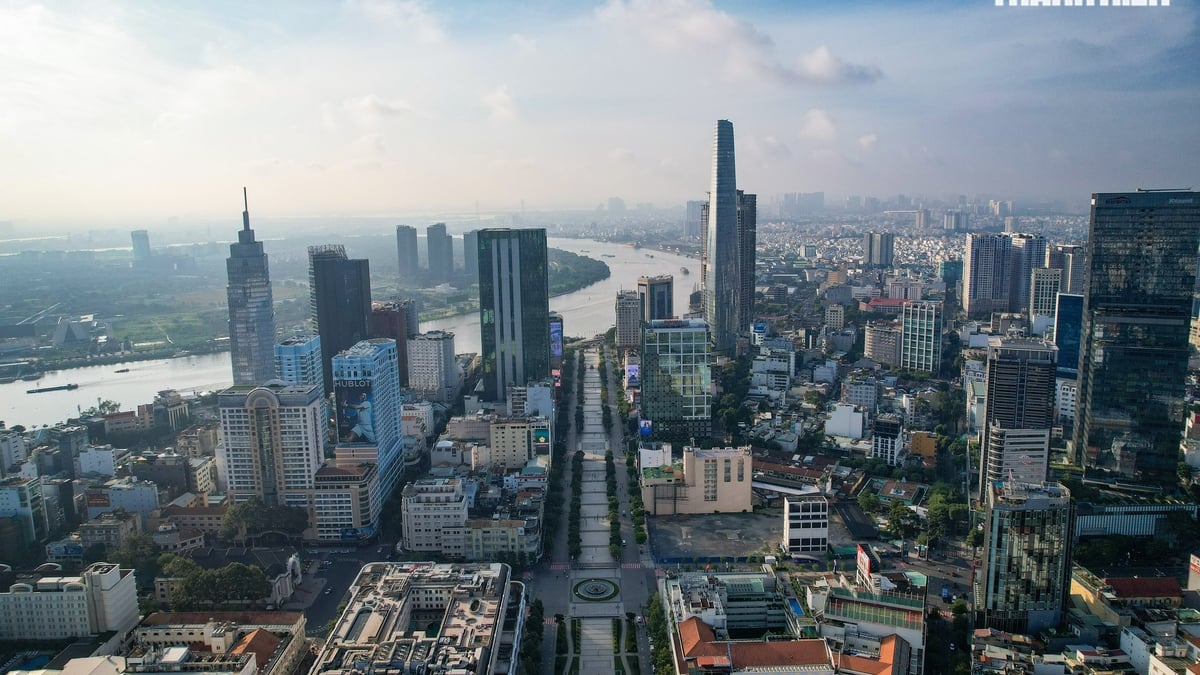

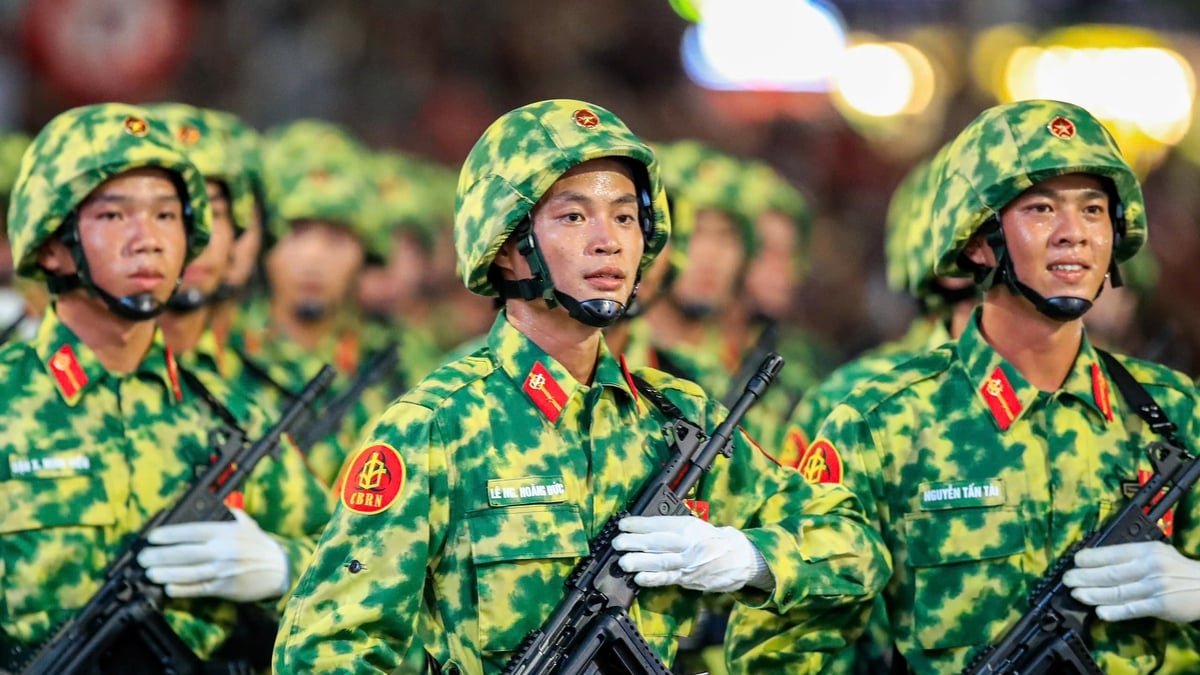
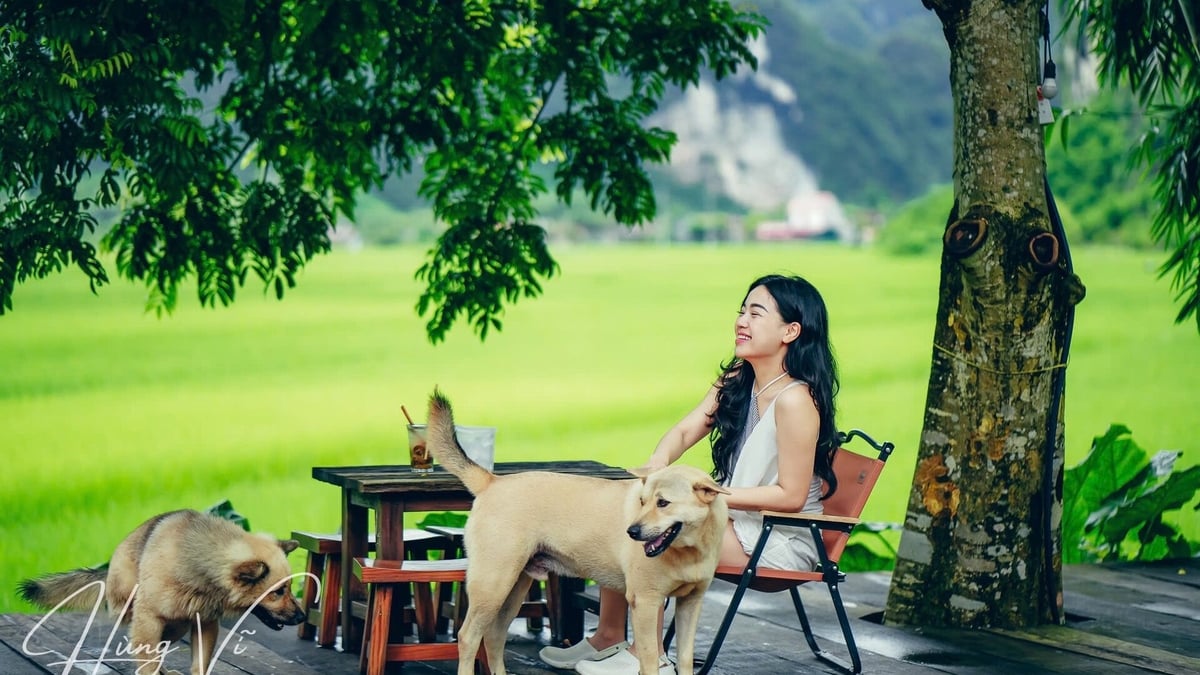
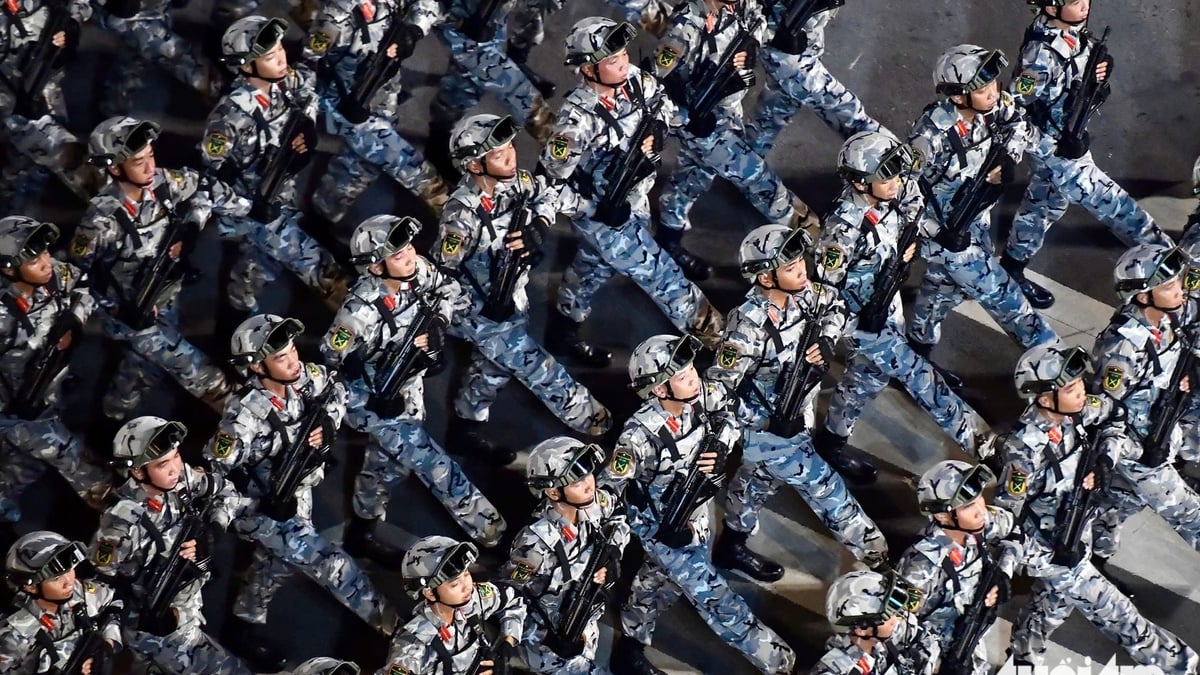
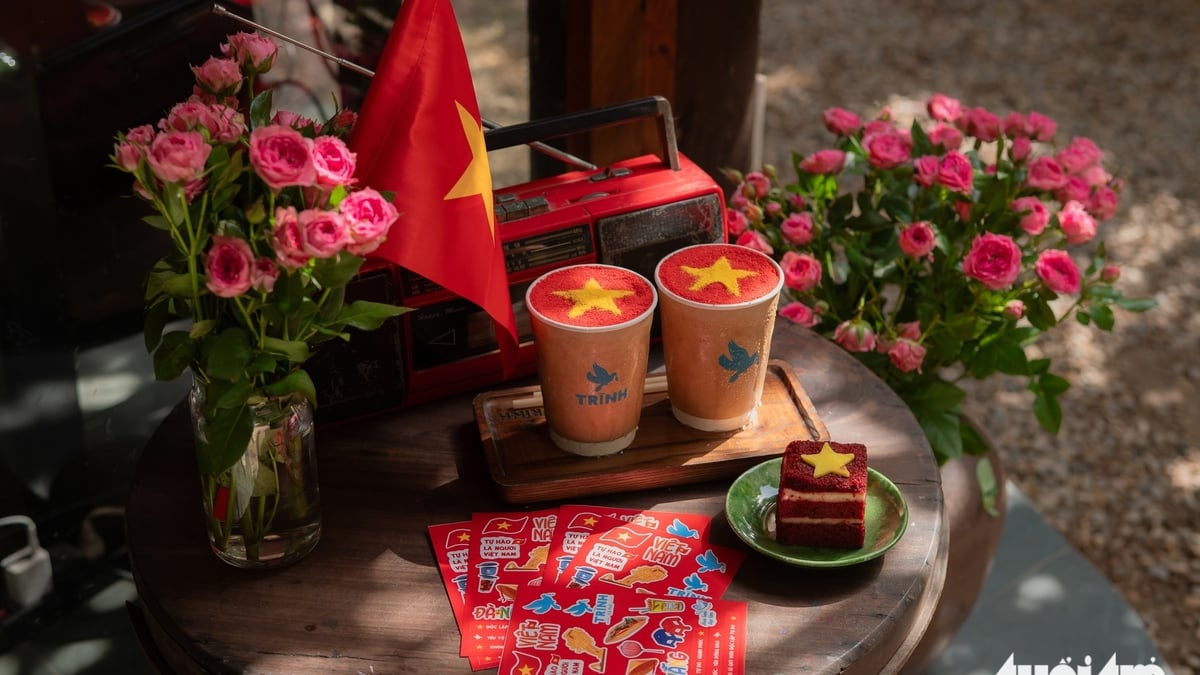

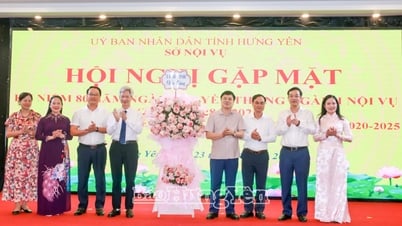
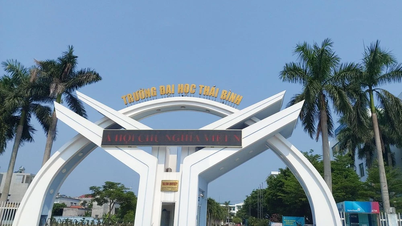

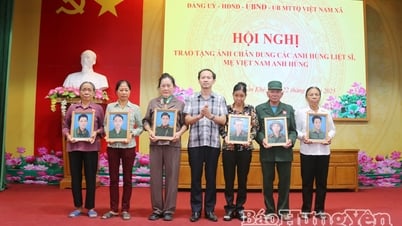
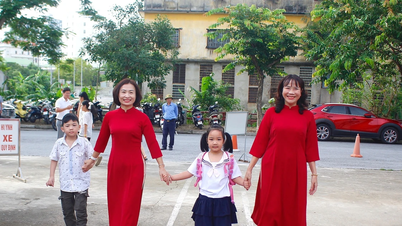
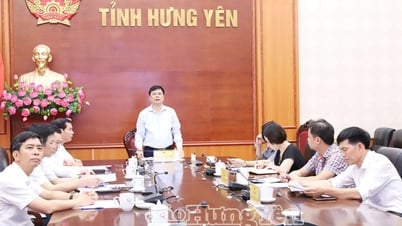
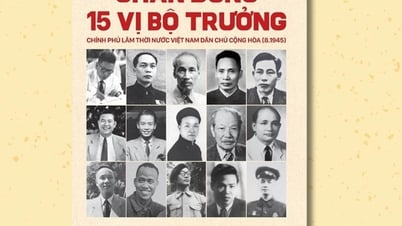

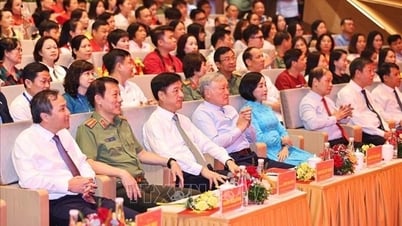
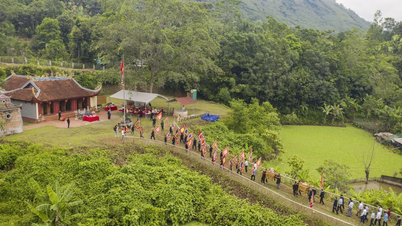

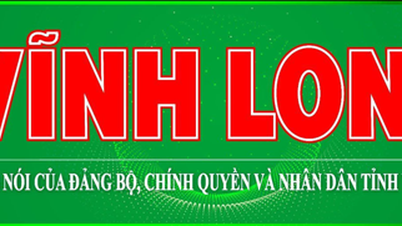
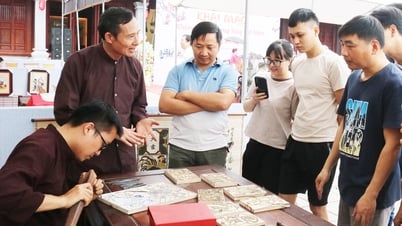







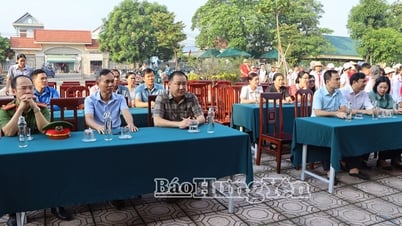
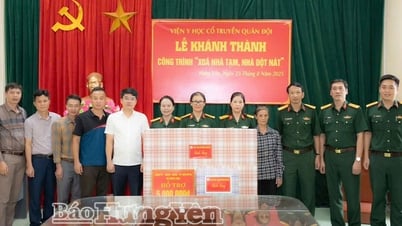
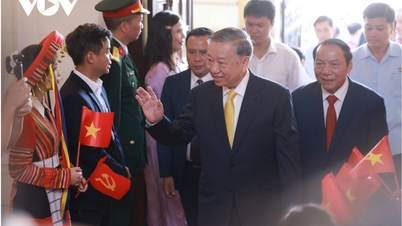
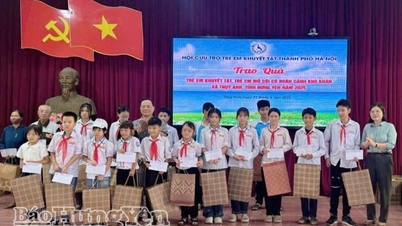
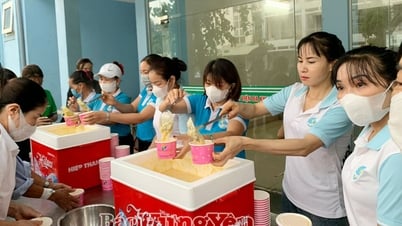
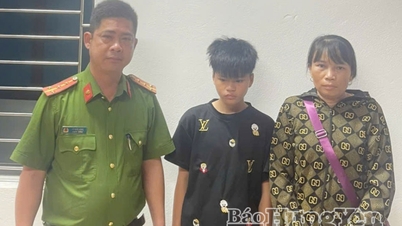
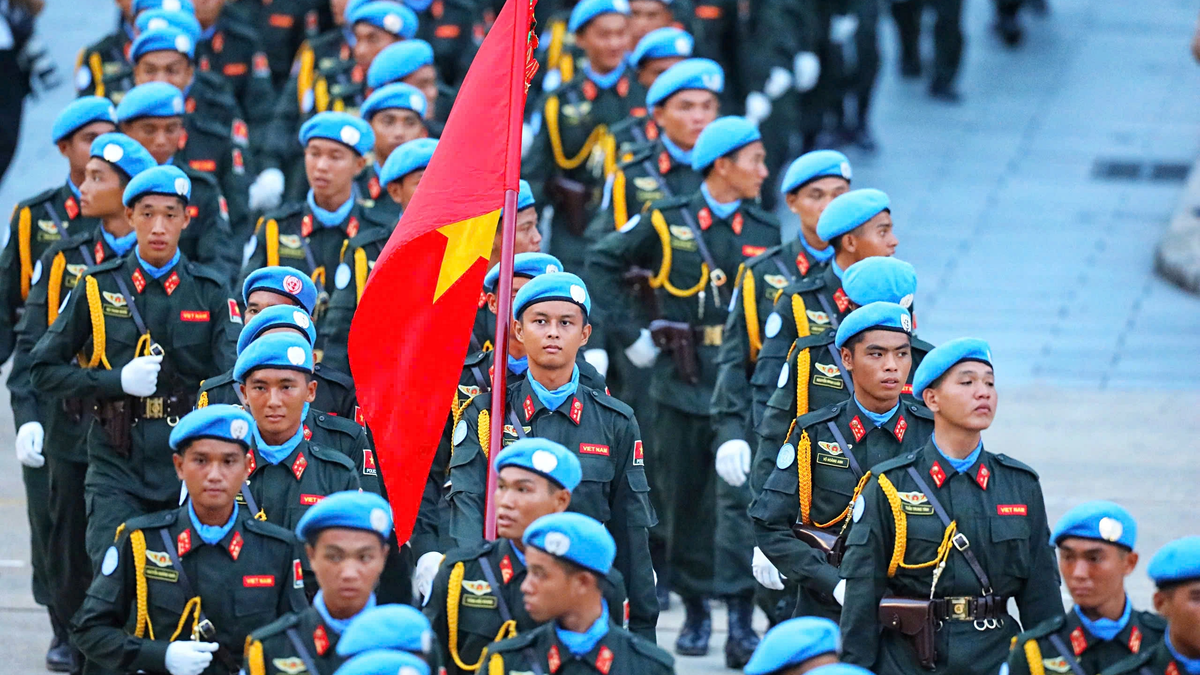
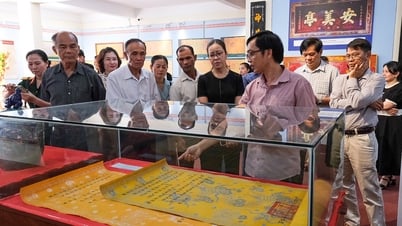

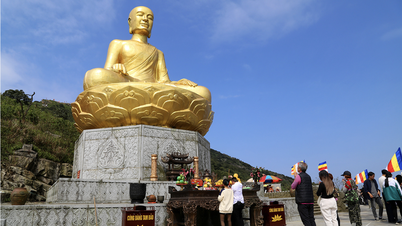

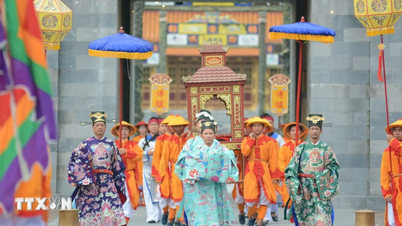



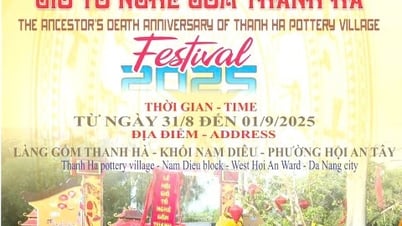

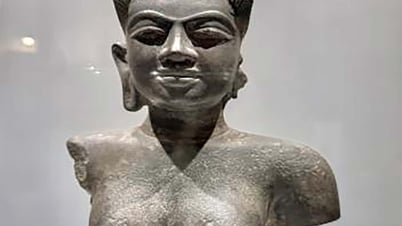

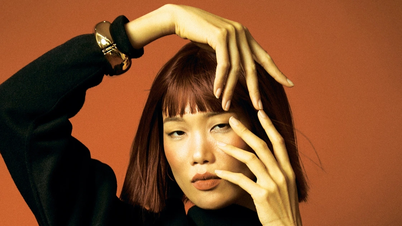

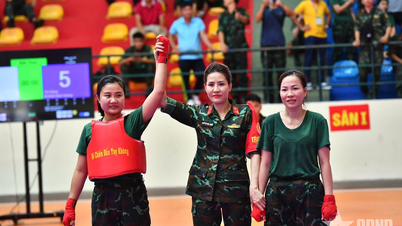

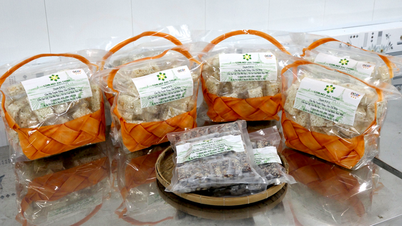


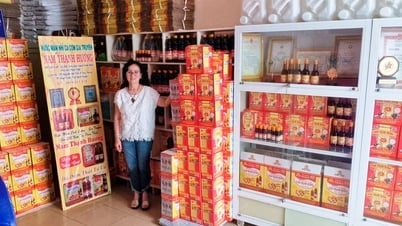

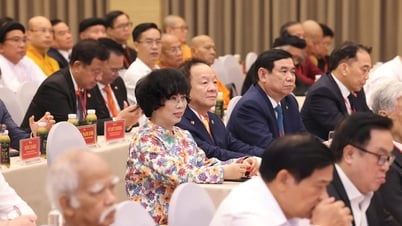




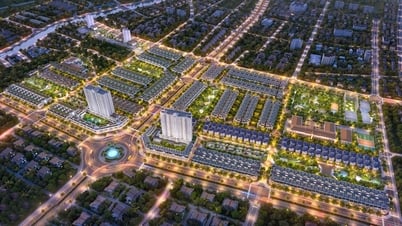






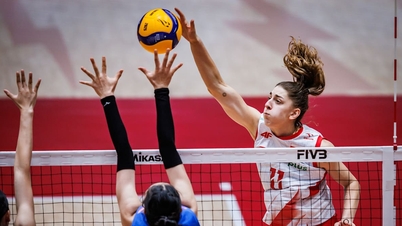

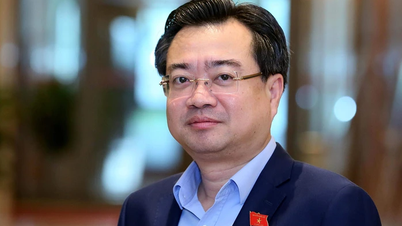



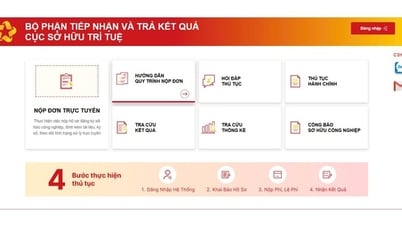



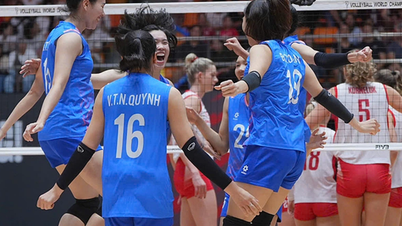
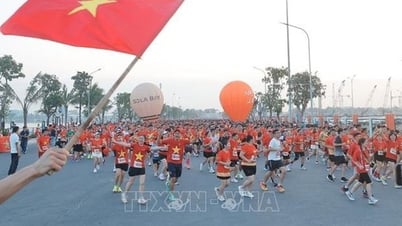
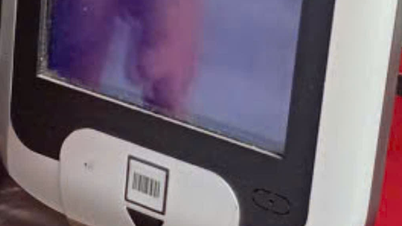

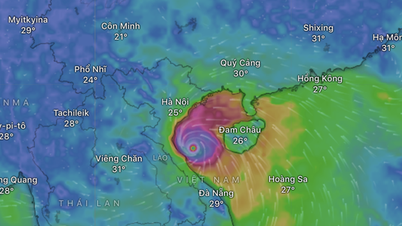
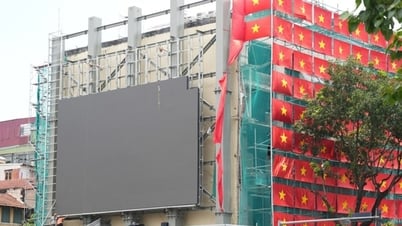
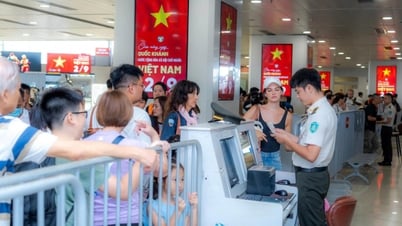



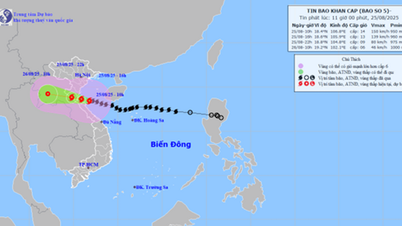
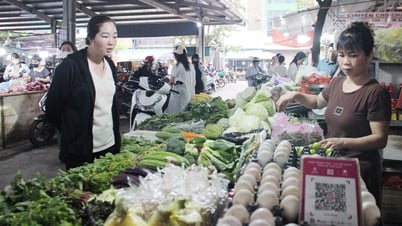
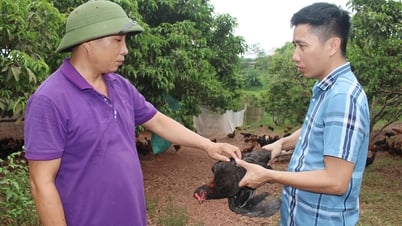
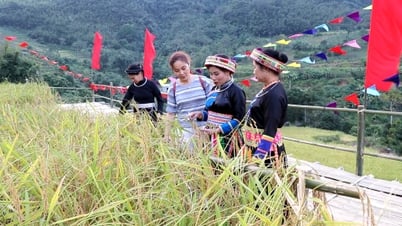

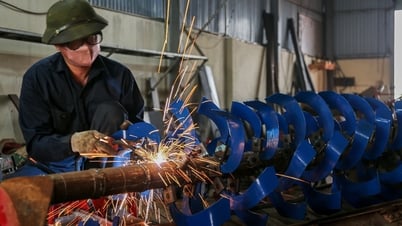
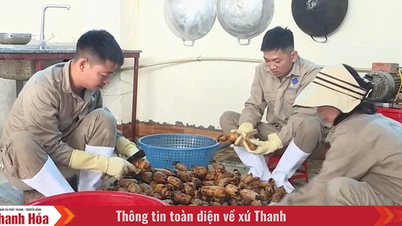

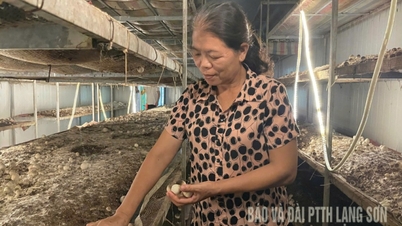




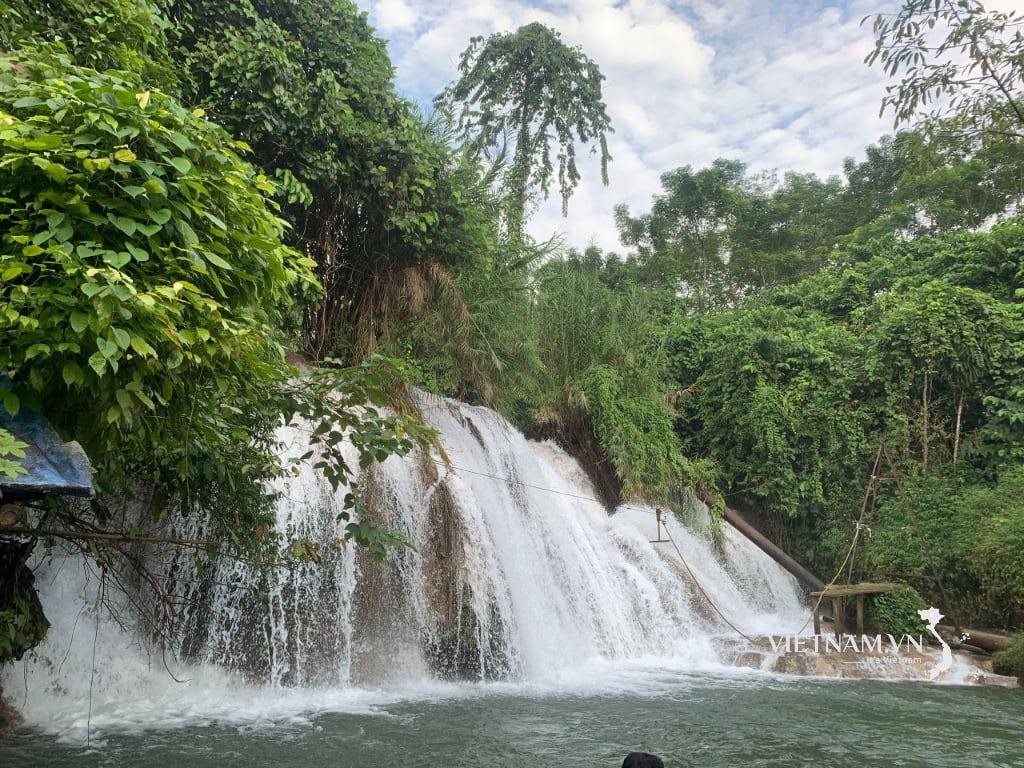

Comment (0)